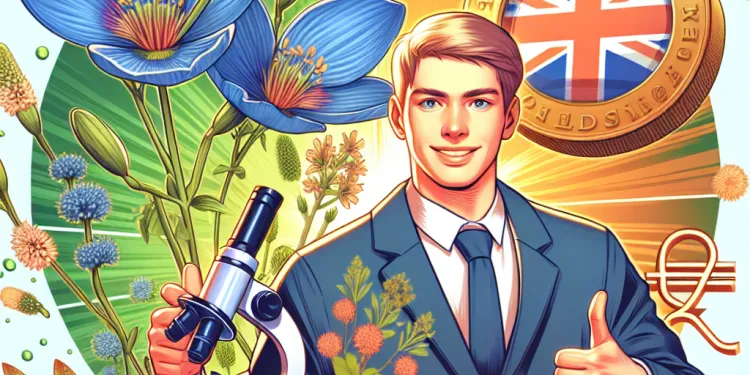
Find Help
More Items From Ergsy search
-
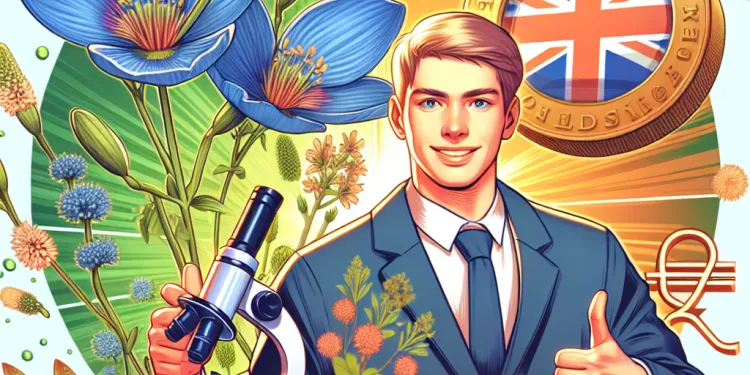
Do all plants produce pollen that causes hay fever?
Relevance: 100%
-
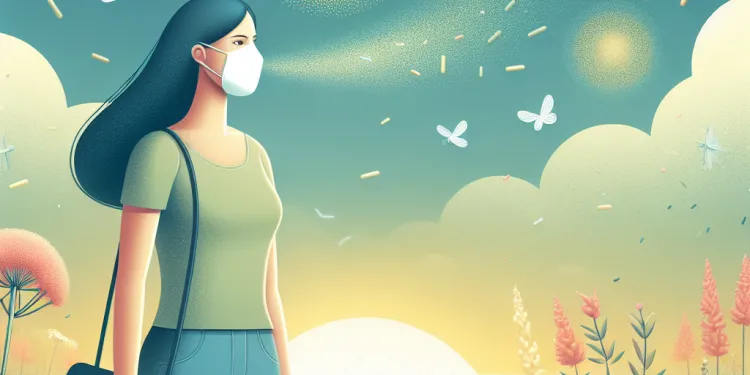
How does pollen affect people with hay fever?
Relevance: 81%
-
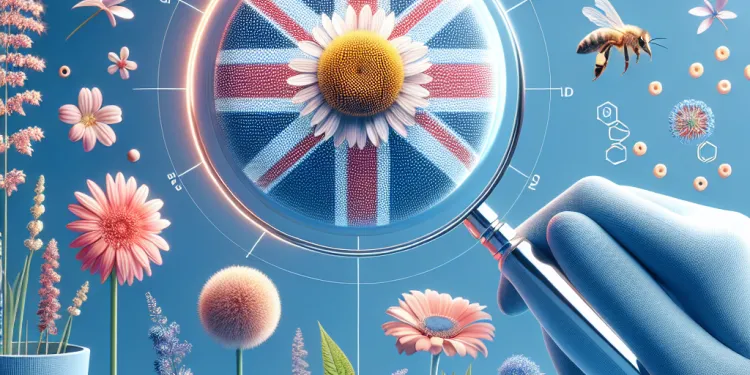
Experts Warn of Rising Hay Fever Cases as Pollen Counts Surge
Relevance: 78%
-
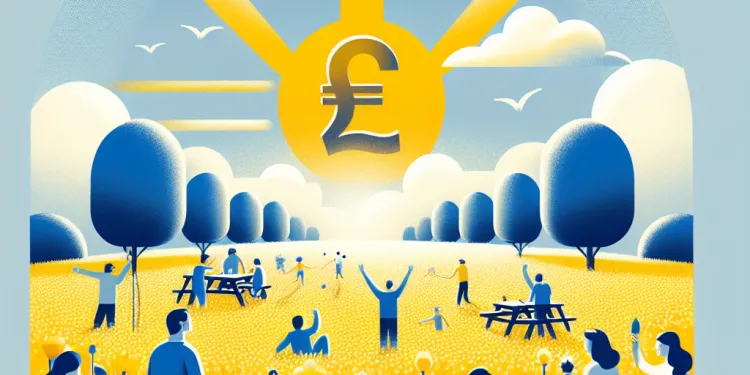
Why are experts warning of rising hay fever cases?
Relevance: 70%
-
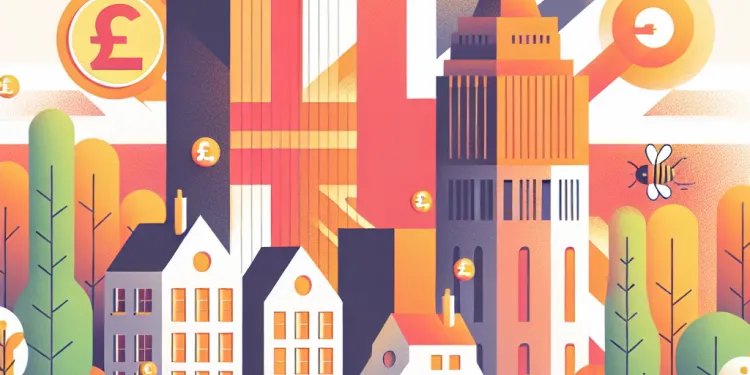
Is hay fever more common in urban areas?
Relevance: 70%
-

What is hay fever?
Relevance: 64%
-

Do masks help with hay fever?
Relevance: 64%
-
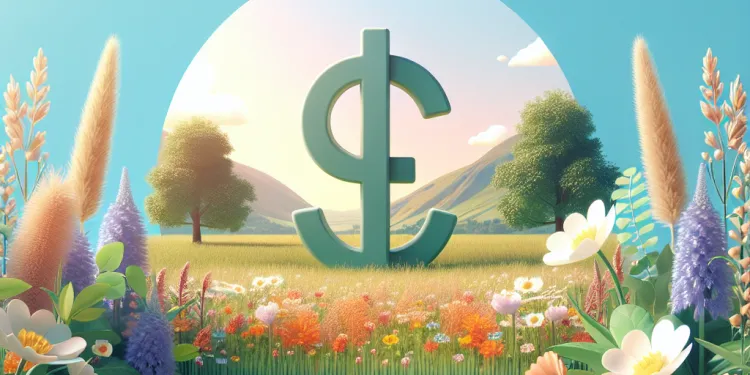
Can hay fever be prevented?
Relevance: 64%
-

Hay fever advice | NHS
Relevance: 63%
-
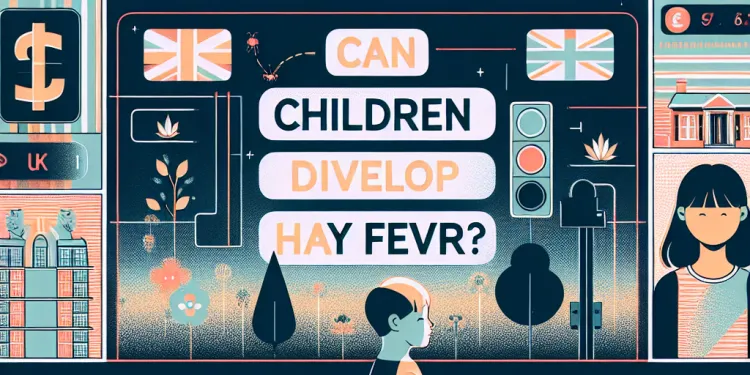
Can children develop hay fever?
Relevance: 59%
-
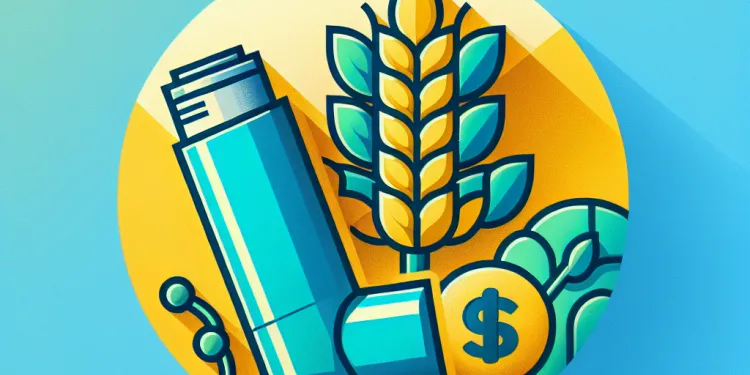
Is there a link between hay fever and asthma?
Relevance: 58%
-
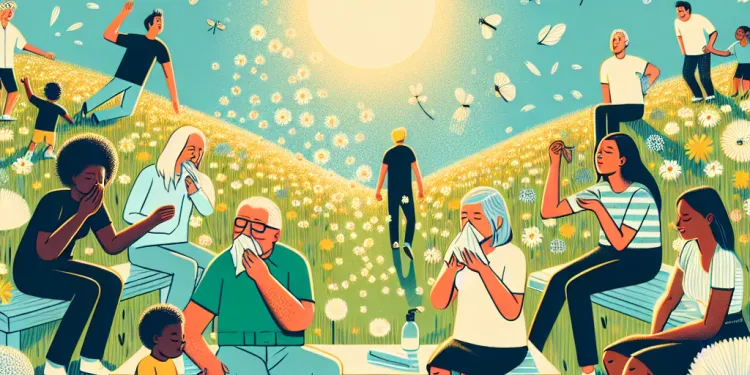
Are some people more prone to hay fever?
Relevance: 57%
-
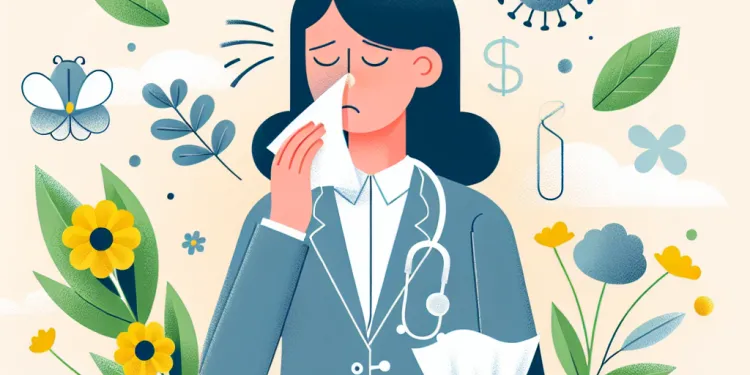
What are the common symptoms of hay fever?
Relevance: 57%
-
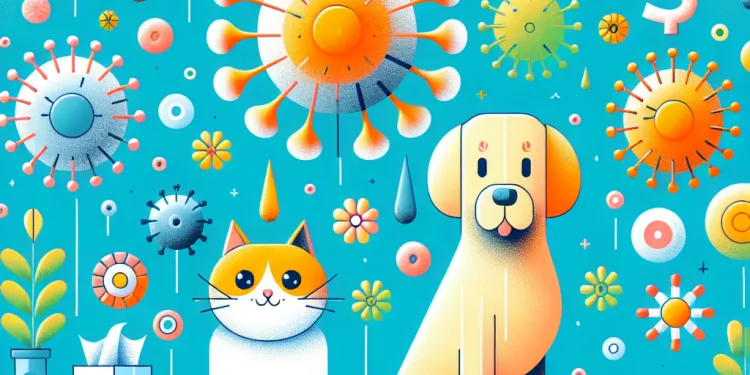
Do pets contribute to hay fever?
Relevance: 57%
-

Can mosquito screens help reduce hay fever symptoms?
Relevance: 56%
-

Can hay fever occur year-round?
Relevance: 56%
-
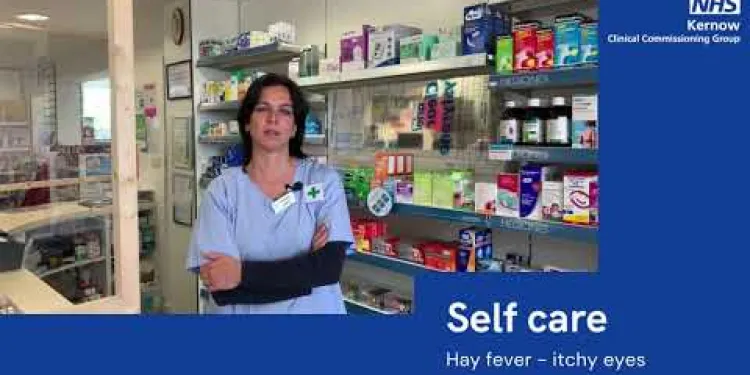
Self care - hay fever itchy eyes
Relevance: 55%
-
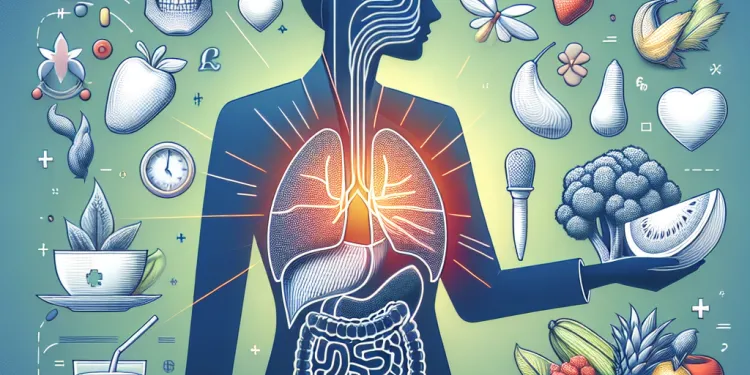
Can diet influence hay fever symptoms?
Relevance: 54%
-
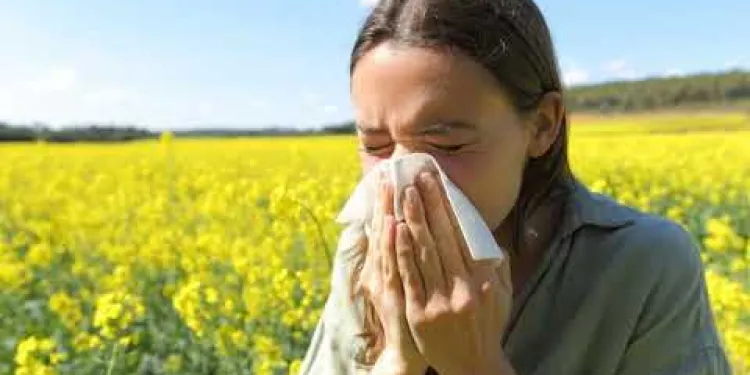
Antihistamines how they work with hay fever
Relevance: 52%
-
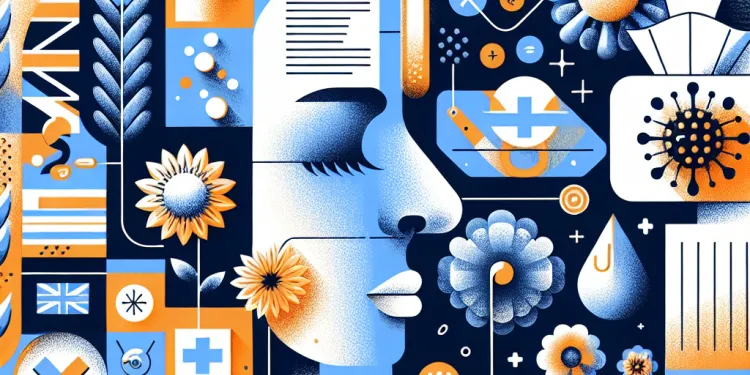
Can hay fever symptoms mimic other conditions?
Relevance: 52%
-
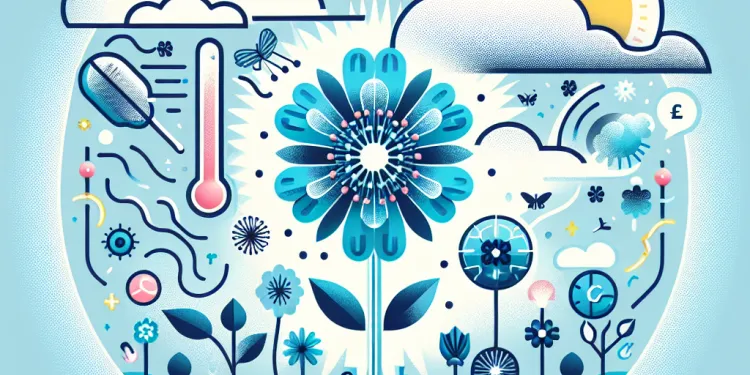
How does climate change affect pollen levels?
Relevance: 48%
-
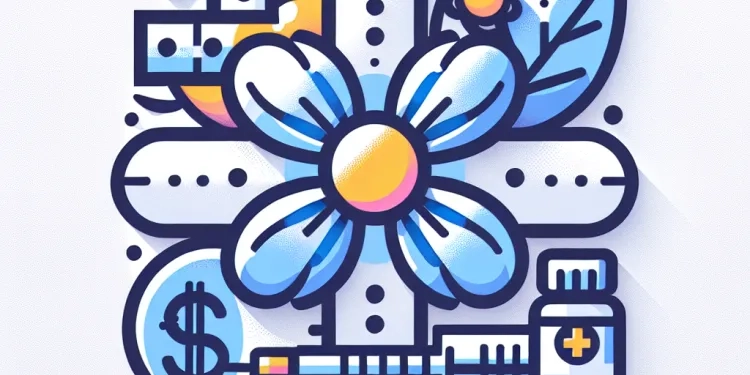
Are there any treatments for hay fever?
Relevance: 43%
-

How are pollen counts measured?
Relevance: 42%
-
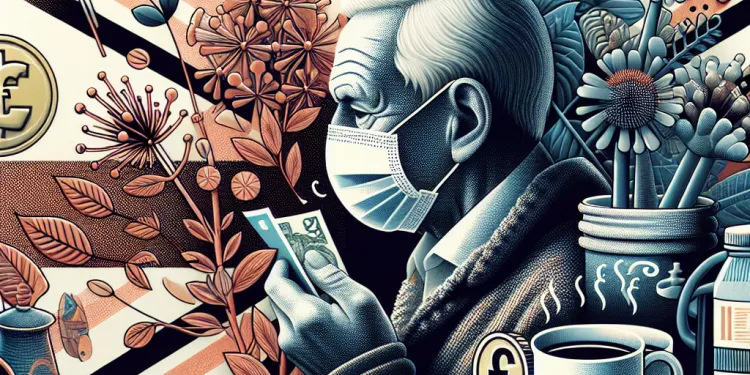
How can I reduce my exposure to pollen?
Relevance: 41%
-
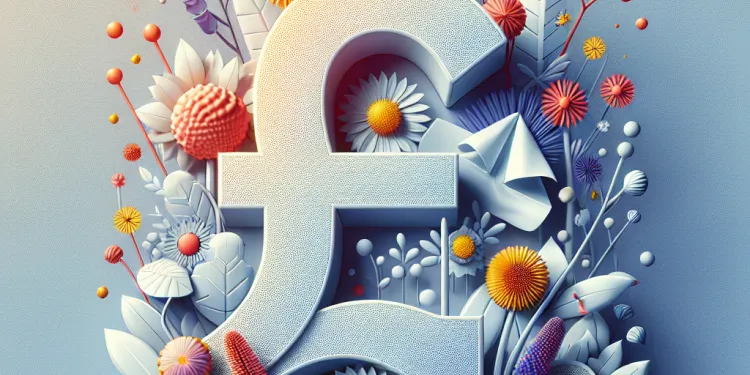
How long does a typical hay fever season last?
Relevance: 39%
-
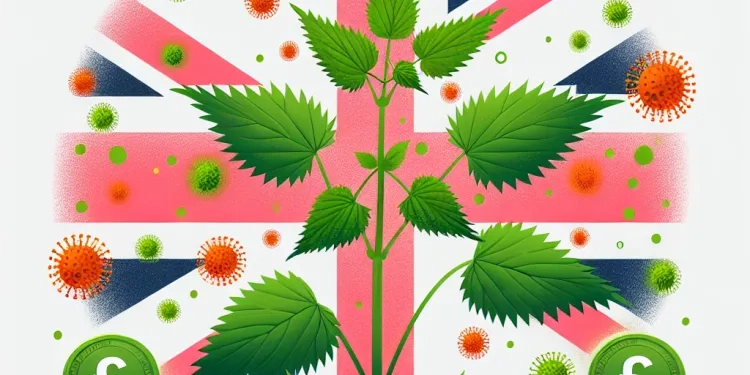
Is nettle rash related to nettle plants?
Relevance: 30%
-
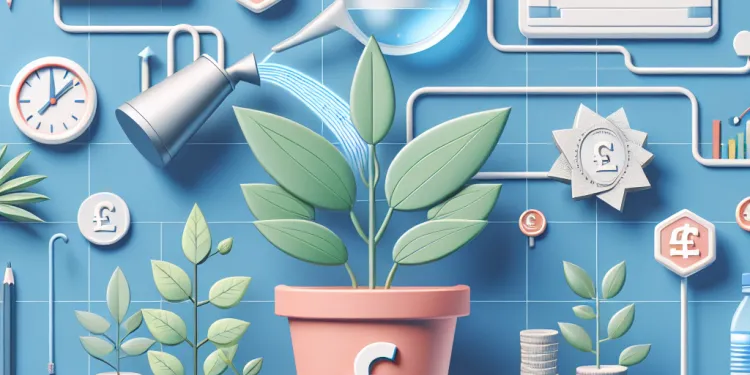
How can I keep my plants alive during a heatwave?
Relevance: 27%
-
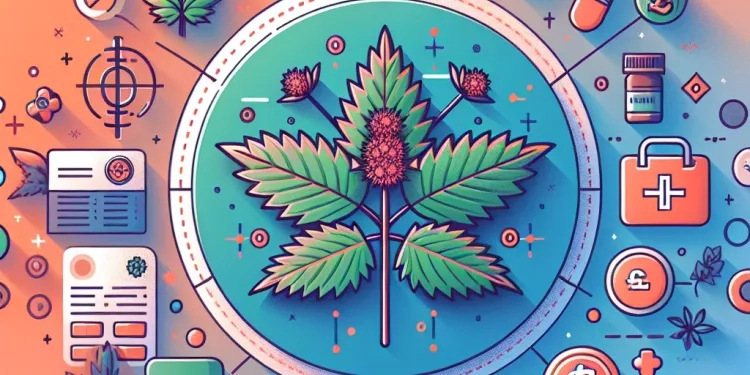
What causes nettle rash?
Relevance: 25%
-
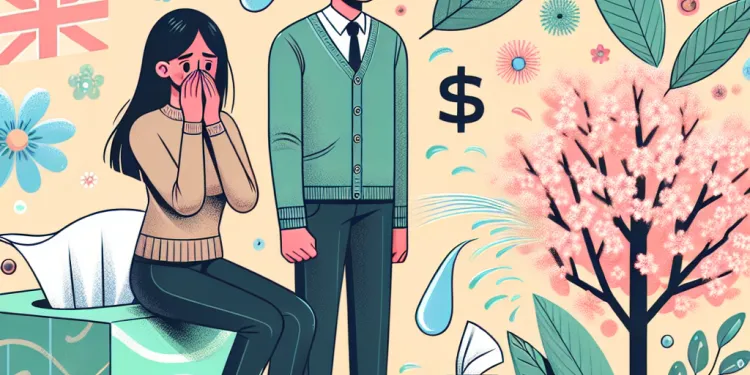
Dealing with Seasonal Allergies
Relevance: 23%
-

Caring for a child with fever | NHS
Relevance: 21%
-
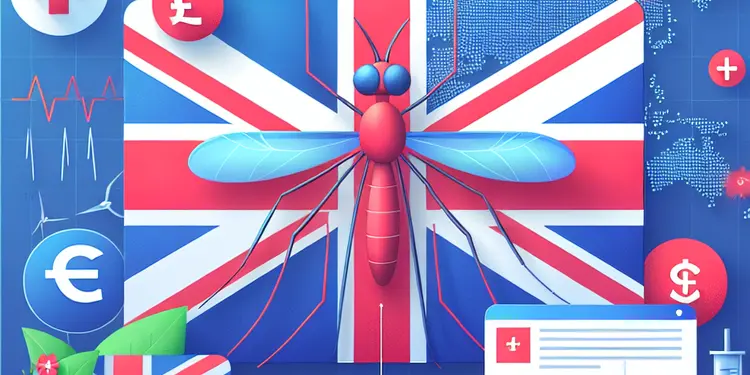
Can dengue fever be contracted in the UK?
Relevance: 21%
-
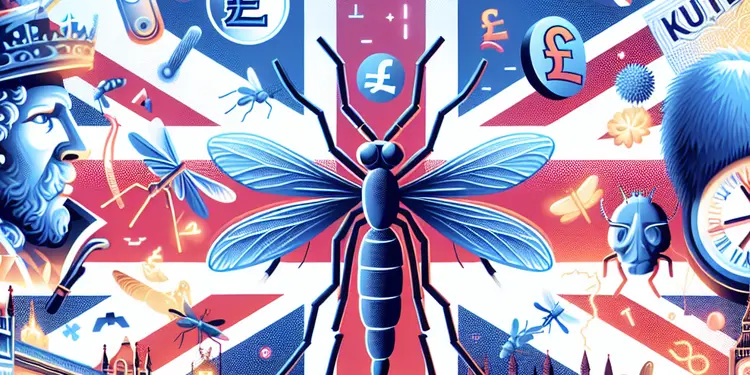
Is there a risk of yellow fever being spread by mosquitoes in the UK?
Relevance: 21%
-
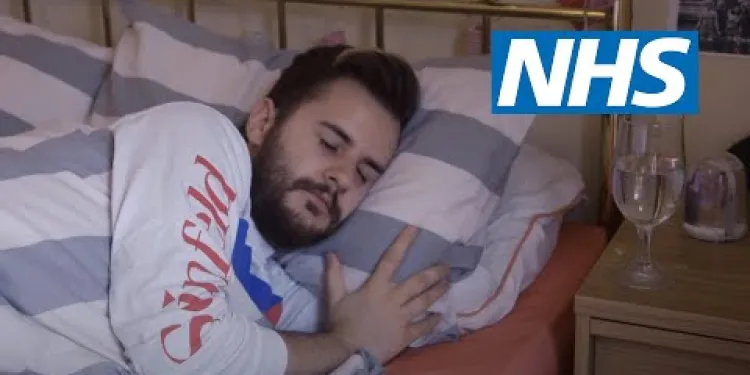
How to treat glandular fever | NHS
Relevance: 21%
-
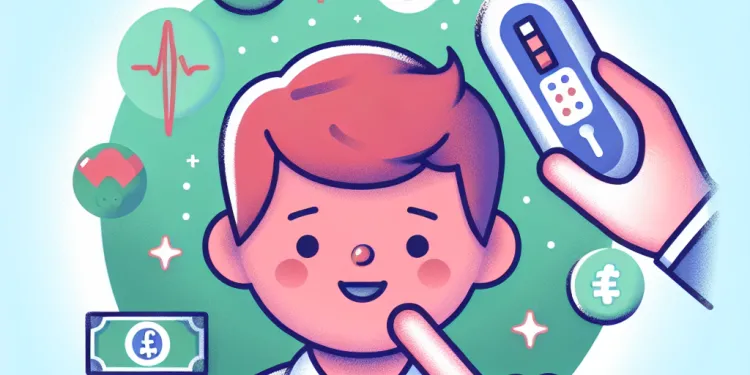
Which medication should be avoided for children with fevers?
Relevance: 20%
-
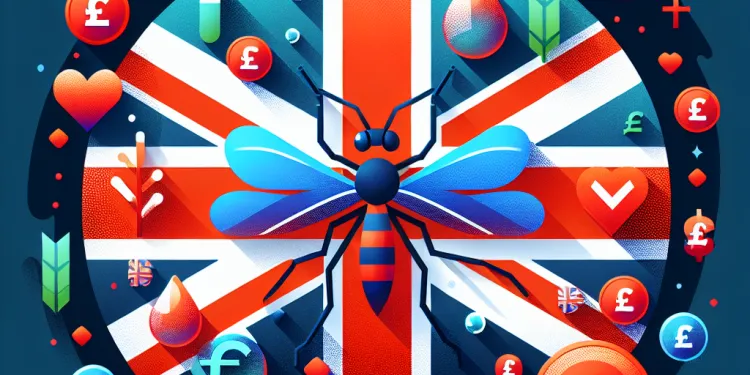
What is Dengue Fever?
Relevance: 17%
-

Can lifestyle changes help manage pain and fever during pregnancy?
Relevance: 17%
-
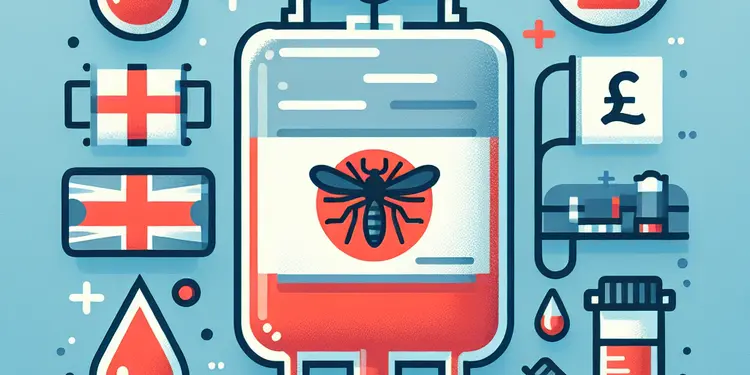
Can Dengue fever be transmitted through blood transfusions?
Relevance: 16%
-

Who is at risk of developing eczema?
Relevance: 12%
-

How to grow daffodils
Relevance: 12%
-
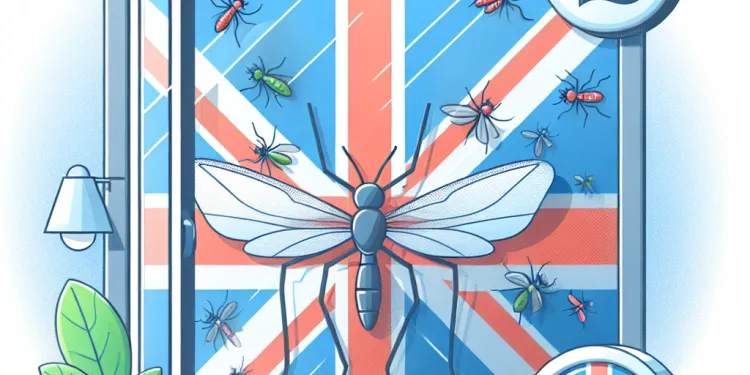
Are mosquito window screens effective in the UK?
Relevance: 12%
Understanding Hay Fever and Pollen
Hay fever, also known as allergic rhinitis, is a common allergic condition that affects many people in the United Kingdom. It is primarily caused by pollen from certain plants, which triggers allergic reactions in susceptible individuals. Common symptoms of hay fever include sneezing, runny or blocked nose, itchy eyes, and a sore throat. The severity of symptoms can vary depending on the individual and the pollen levels in the environment.
Types of Plants That Produce Pollen
Not all plants produce pollen that causes hay fever. Generally, the types of plants that are most associated with hay fever are those that produce large amounts of small, lightweight pollen grains that are easily dispersed by the wind. These are typically trees, grasses, and weeds. In the UK, the main culprits are grass pollen, which tends to be the most problematic, followed by tree pollen and weed pollen.
Grass Pollen
Grass pollen is the leading cause of hay fever in the UK. There are around 150 different species of grass, and many of them produce pollen. However, only a few types, such as Timothy grass and ryegrass, are particularly allergenic. Grass pollen season usually runs from late spring to early summer, peaking in June and July.
Tree Pollen
Trees are another significant source of pollen that causes hay fever. In the UK, common trees that produce allergenic pollen include birch, oak, and ash. Tree pollen season typically occurs earlier in the year, from late March to May. Birch pollen, in particular, is known for triggering strong allergic reactions.
Weed Pollen
Weeds such as nettles and dock, as well as mugwort, produce pollen that can cause hay fever symptoms. Weed pollen season generally occurs from the end of June to September. Although less common than grass and tree pollen, weed pollen can still be a significant cause of hay fever for some individuals.
Plants That Do Not Cause Hay Fever
Many plants do not produce pollen that causes hay fever. Flowers that are insect-pollinated, such as roses and lilies, typically produce heavier pollen grains that are not carried by the wind and are less likely to cause allergic reactions. These plants rely on insects for pollination, and their pollen is less likely to become airborne.
Conclusion
In summary, not all plants produce pollen that causes hay fever. In the UK, grass, tree, and weed pollens are the most common allergens. Understanding which plants are responsible can help individuals manage their hay fever symptoms more effectively, such as by avoiding outdoor activities during peak pollen seasons or using antihistamines to control symptoms.
Understanding Hay Fever and Pollen
Hay fever, or allergic rhinitis, is when your body reacts to pollen. Pollen is a tiny powder that comes from plants. Many people in the UK have hay fever. It can make you sneeze, have a runny or stuffy nose, itchy eyes, and a sore throat. Some people feel worse than others, depending on how much pollen is around.
Types of Plants That Make Pollen
Not all plants make pollen that bothers people with hay fever. Plants that cause hay fever have tiny pollen grains that fly in the wind. These are often trees, grasses, and weeds. In the UK, grass pollen is the biggest cause of hay fever, followed by tree and weed pollen.
Grass Pollen
Grass pollen causes most hay fever in the UK. There are about 150 kinds of grass, but only a few, like Timothy grass and ryegrass, cause allergies. Grass pollen is around from late spring to early summer, peaking in June and July.
Tree Pollen
Trees also release pollen that can cause hay fever. Common trees in the UK that do this are birch, oak, and ash. Tree pollen is in the air from late March to May. Birch pollen can really cause strong reactions.
Weed Pollen
Weeds like nettles, dock, and mugwort can also make pollen that causes hay fever. This happens from late June to September. It's less common than grass and tree pollen, but it can still cause problems for some people.
Plants That Do Not Cause Hay Fever
Some plants don't bother people with hay fever. Flowers like roses and lilies have heavy pollen that sticks to insects and isn't carried by the wind, so it usually doesn't cause allergies. These plants rely on insects for pollination.
Conclusion
In short, not all plants cause hay fever. In the UK, grasses, trees, and weeds are the main culprits. Knowing which plants are the problem can help you avoid them. You can also use helpful tools, like medications, to feel better during pollen season.
Frequently Asked Questions
Do all plants produce pollen?
No, not all plants produce pollen. Only seed-producing plants, such as angiosperms (flowering plants) and gymnosperms (conifers), produce pollen.
What causes hay fever?
Hay fever, or allergic rhinitis, is caused by an allergic response to pollen from trees, grasses, and weeds.
Do all plants produce pollen that causes hay fever?
No, only certain plants produce pollen that is commonly associated with hay fever, such as grasses, ragweed, and certain trees like birch.
Which types of pollen are most responsible for hay fever?
Pollen from wind-pollinated plants like grasses, trees (e.g., birch, oak, and alder), and weeds (e.g., ragweed) are the most common causes of hay fever.
Do flowers cause hay fever?
Most flowering plants have pollen that is too heavy to become airborne and is transported by insects, so they are not major causes of hay fever.
Can indoor plants cause hay fever?
Most indoor plants are not a significant cause of hay fever, although some people might have sensitivities to them. Hay fever is more commonly triggered by outdoor pollen.
Why do some people get hay fever and others don't?
Hay fever occurs in individuals who have an allergic sensitivity to pollen. Genetic factors and environmental exposure play a role in who develops hay fever.
What is the best way to avoid hay fever during pollen season?
To avoid hay fever symptoms, try to stay indoors on high pollen days, use air purifiers, keep windows closed, and take antihistamines if necessary.
Do trees produce a lot of pollen?
Yes, some trees, especially those that are wind-pollinated like oak, birch, and pine, produce a large amount of pollen.
Are there any trees that don’t produce pollen?
Some trees produce very little pollen or pollen that is not allergenic to humans, but nearly all trees produce some form of pollen.
Does grass pollen cause hay fever?
Yes, grass pollen is one of the most common causes of hay fever, especially during late spring and early summer.
Are there seasons when hay fever is more prevalent?
Yes, hay fever is typically more prevalent during spring, summer, and early fall due to the release of pollen from trees, grasses, and weeds.
Can hay fever be cured?
There is no cure for hay fever, but symptoms can be managed with medications and by avoiding exposure to pollen.
Are conifers like pine trees a cause of hay fever?
Pine trees produce pollen, but it is generally not a significant cause of hay fever for most people, although it is highly visible.
Does rain affect pollen levels?
Yes, rain can wash pollen out of the air and reduce pollen levels temporarily, often leading to relief for hay fever sufferers.
Can air pollution affect hay fever symptoms?
Yes, air pollution can exacerbate hay fever symptoms as pollutants can interact with pollen and worsen respiratory symptoms.
Does hay fever affect children differently than adults?
Children can experience hay fever symptoms similar to adults, though in some cases symptoms may be more pronounced due to developing immune systems.
How is hay fever diagnosed?
Hay fever is diagnosed through patient history, examination of symptoms, and sometimes allergy tests such as skin prick tests or blood tests.
Can diet influence hay fever symptoms?
While there is no direct link, certain foods can cross-react with pollen causing oral allergy syndrome, which may worsen hay fever symptoms.
Are there any treatments available for hay fever?
Yes, treatments include antihistamines, nasal corticosteroids, decongestants, and in some cases allergy shots or immunotherapy.
Do all plants make pollen?
No, not all plants make pollen. Some plants make seeds without pollen.
If you want to learn more, you can use pictures or videos to help you understand.
No, not all plants make pollen. Only plants that make seeds, like flowering plants and conifers, make pollen.
What makes hay fever happen?
Hay fever happens when your body doesn’t like something in the air. These things are called pollen. They can be from trees, grass, or flowers. Your body tries to fight them off, which makes you sneeze or your eyes itchy.
Here are ways to feel better:
- Stay inside when there's a lot of pollen outside.
- Keep windows closed so pollen stays outside.
- Use medicines that help with allergies.
Hay fever, or allergic rhinitis, happens when your body doesn’t like pollen from trees, grasses, or weeds.
Do all plants make pollen that can cause hay fever?
Some plants make something called pollen. Pollen can make some people sneeze and feel itchy. This is called hay fever.
But not all plants make this kind of pollen. Only some plants cause hay fever.
If you have hay fever, you can use tissues for your nose. You can also ask a doctor for medicine to help you feel better.
You can check which plants are near you to know if they make pollen. This can help you avoid getting hay fever.
No, not all plants make pollen that can cause hay fever. Only some plants do. These include grasses, ragweed, and some trees like birch.
What kinds of pollen cause hay fever the most?
Pollen from plants is what makes people get hay fever.
These plants are:
- Grasses
- Trees like birch, oak, and alder
- Weeds like ragweed
If you have hay fever, try these things to feel better:
- Use tissues to cover your nose
- Wear sunglasses outside
- Keep windows closed when there's lots of pollen
Do flowers make you sneeze?
Some people sneeze a lot because of tiny things from plants. These tiny things are called pollen.
Pollen can be in the air, and if you breathe it in, it might make you sneeze, feel itchy, or make your eyes water. This is called hay fever.
Not all flowers make people have hay fever. Flowers with lots of bright colors usually do not. They have big pollen that does not fly in the air easily.
But some plants, like grass, and trees have pollen that can fly far. This kind of pollen can make people with hay fever feel unwell.
Here are some tips to feel better:
- Stay indoors when there is lots of pollen outside. You can check pollen apps to know the levels.
- Close windows to keep pollen out of your home.
- Wear sunglasses to keep pollen out of your eyes.
- Use tissues to wipe your nose if it feels itchy.
Many flowers have pollen that is heavy. The wind cannot carry it. Bugs, like bees, help move this pollen. These flowers usually do not cause hay fever.
Can indoor plants make you sneeze?
Sometimes, plants inside can make you feel like you have hay fever. This means sneezing and a runny nose.
Here are some tips to help:
- Choose plants that don't make a lot of pollen.
- Keep plants clean by wiping their leaves.
- Use an air purifier to help clean the air.
Most indoor plants do not make people have hay fever. But some people might be a little sensitive to them. Hay fever usually happens because of pollen from outside.
Why do some people have hay fever and others don't?
Hay fever makes you sneeze, have a runny nose, or itchy eyes.
Some people get hay fever because their bodies think pollen from plants is bad.
Other people don't get hay fever because their bodies don't mind pollen.
If you have hay fever, you can try wearing sunglasses and staying indoors when there's lots of pollen.
Using tissues and washing your face can help too.
Some people get hay fever. This happens because they are allergic to pollen. A person's genes and the air around them can make them get hay fever.
How can I stay away from hay fever when there's a lot of pollen?
To stop feeling bad from hay fever, stay inside when there's lots of pollen. You can use machines that clean the air, keep windows shut, and take medicine called antihistamines if you need it.
Do trees make a lot of pollen?
Trees make pollen. It helps them grow new trees. Some trees make a lot of pollen, and you might see it on the ground or on cars.
To learn more, you can use tools like pictures or videos about trees and pollen. You can also ask someone to explain it to you if you need help.
Yes, some trees, like oak, birch, and pine, make a lot of pollen. These trees use the wind to spread their pollen.
Do some trees not make pollen?
Yes, some trees do not make pollen.
Here are some things that can help understand:
- Types of Trees: Some trees are called "female trees" and they don’t make pollen.
- Tree Choices: You can ask an adult about planting trees that don’t make a lot of pollen.
- Allergy Help: If pollen makes you sneeze, stay away from trees with lots of flowers.
Use tools like pictures of trees or apps to learn more about trees without pollen.
Most trees make pollen. Some trees make only a tiny bit of pollen. The pollen from some trees does not make people sneeze or have allergies.
Does grass pollen make you sneeze?
Grass pollen can make you sneeze and feel itchy. This is called hay fever.
Here are some tips to help:
- Stay indoors when it is windy.
- Wear sunglasses to protect your eyes.
- Wash your hands and face often.
- Talk to a doctor if you feel unwell.
Yes, grass pollen can make people sneeze a lot. This is called hay fever. It happens mostly in late spring and early summer.
When is hay fever most common?
Hay fever can be worse in different times of the year.
Spring is one of these times because many flowers and trees make pollen.
Some people have hay fever in the summer too, when grass makes pollen.
In the fall, weeds make pollen which can also cause hay fever.
To help with hay fever, you can:
- Stay indoors when there is a lot of pollen outside.
- Keep windows closed so pollen doesn't come inside.
- Use special medicines for hay fever. Ask a doctor for advice.
Yes, hay fever usually happens more in spring, summer, and early autumn. This is because trees, grasses, and weeds let out pollen during these times.
Can hay fever be cured?
No, hay fever cannot be cured. But you can do things to feel better.
Here are some things that might help:
- Stay indoors when there is lots of pollen outside.
- Keep windows and doors closed.
- Wash your hands and face after being outside.
- Wear sunglasses to protect your eyes.
- Try using special medicines for hay fever.
If you want more help, you can ask a doctor or a nurse.
There is no way to make hay fever go away forever, but you can help the symptoms with medicine. You can also try to stay away from pollen.
Do pine trees make people sneeze?
Pine trees make pollen. You can see it easily, but it usually doesn't make most people sneeze or have hay fever.
Does rain change pollen levels?
Rain can wash pollen out of the air, making pollen levels lower. After rain, there might be less pollen, and it can be easier to breathe.
But when it stops raining, plants might release more pollen. Then pollen levels can go up again.
To help with pollen, use tissues to wipe your nose. You can also use apps or weather websites to check pollen levels.
Yes, rain can help clean pollen from the air. This can make pollen levels go down for a little while, which is good news for people with hay fever.
Can dirty air make hay fever worse?
Yes, dirty air can make hay fever worse. This is because the dirty stuff in the air can mix with pollen and make it harder to breathe.
Helpful tools: You can use an air cleaner at home to help. It is also good to keep windows closed when the air is dirty outside.
Does hay fever make children feel different from adults?
Children can have hay fever, just like adults. Sometimes, their symptoms can be stronger because their bodies are still growing.
How do doctors find out if you have hay fever?
Doctors find out if you have hay fever by talking to you about how you feel, checking your symptoms, and sometimes doing special tests. These tests might be tiny skin pokes or a blood test.
Can food change hay fever symptoms?
Some foods can help with hay fever. Other foods might make it worse. Eating healthy can be good for your body and help with symptoms.
Here are some things that might help:
- Eat lots of fruits and vegetables.
- Drink plenty of water.
- Avoid foods that make you feel bad.
Tools that can help:
- Talk to a doctor or nurse about your food.
- Keep a food diary to see what helps or makes it worse.
Certain foods can sometimes make hay fever symptoms feel worse. This happens because they can mix up with pollen. This is called oral allergy syndrome.
Can you do anything to help with hay fever?
Yes, there are ways to help with allergies. You can take special medicine like antihistamines, nasal sprays, or decongestants. Sometimes, doctors give allergy shots to help, too.
Useful Links
- Ergsy carfully checks the information in the videos we provide here.
- Videos shown by Youtube after a video has completed, have NOT been reviewed by ERGSY.
- To view, click the arrow in centre of video.
- Most of the videos you find here will have subtitles and/or closed captions available.
- You may need to turn these on, and choose your preferred language.
- Go to the video you'd like to watch.
- If closed captions (CC) are available, settings will be visible on the bottom right of the video player.
- To turn on Captions, click settings .
- To turn off Captions, click settings again.
More Items From Ergsy search
-

Do all plants produce pollen that causes hay fever?
Relevance: 100%
-

How does pollen affect people with hay fever?
Relevance: 81%
-

Experts Warn of Rising Hay Fever Cases as Pollen Counts Surge
Relevance: 78%
-

Why are experts warning of rising hay fever cases?
Relevance: 70%
-

Is hay fever more common in urban areas?
Relevance: 70%
-

What is hay fever?
Relevance: 64%
-

Do masks help with hay fever?
Relevance: 64%
-

Can hay fever be prevented?
Relevance: 64%
-

Hay fever advice | NHS
Relevance: 63%
-

Can children develop hay fever?
Relevance: 59%
-

Is there a link between hay fever and asthma?
Relevance: 58%
-

Are some people more prone to hay fever?
Relevance: 57%
-

What are the common symptoms of hay fever?
Relevance: 57%
-

Do pets contribute to hay fever?
Relevance: 57%
-

Can mosquito screens help reduce hay fever symptoms?
Relevance: 56%
-

Can hay fever occur year-round?
Relevance: 56%
-

Self care - hay fever itchy eyes
Relevance: 55%
-

Can diet influence hay fever symptoms?
Relevance: 54%
-

Antihistamines how they work with hay fever
Relevance: 52%
-

Can hay fever symptoms mimic other conditions?
Relevance: 52%
-

How does climate change affect pollen levels?
Relevance: 48%
-

Are there any treatments for hay fever?
Relevance: 43%
-

How are pollen counts measured?
Relevance: 42%
-

How can I reduce my exposure to pollen?
Relevance: 41%
-

How long does a typical hay fever season last?
Relevance: 39%
-

Is nettle rash related to nettle plants?
Relevance: 30%
-

How can I keep my plants alive during a heatwave?
Relevance: 27%
-

What causes nettle rash?
Relevance: 25%
-

Dealing with Seasonal Allergies
Relevance: 23%
-

Caring for a child with fever | NHS
Relevance: 21%
-

Can dengue fever be contracted in the UK?
Relevance: 21%
-

Is there a risk of yellow fever being spread by mosquitoes in the UK?
Relevance: 21%
-

How to treat glandular fever | NHS
Relevance: 21%
-

Which medication should be avoided for children with fevers?
Relevance: 20%
-

What is Dengue Fever?
Relevance: 17%
-

Can lifestyle changes help manage pain and fever during pregnancy?
Relevance: 17%
-

Can Dengue fever be transmitted through blood transfusions?
Relevance: 16%
-

Who is at risk of developing eczema?
Relevance: 12%
-

How to grow daffodils
Relevance: 12%
-

Are mosquito window screens effective in the UK?
Relevance: 12%


